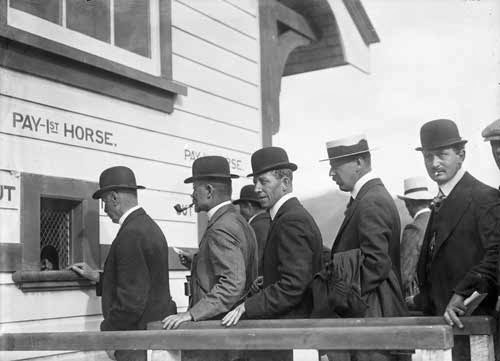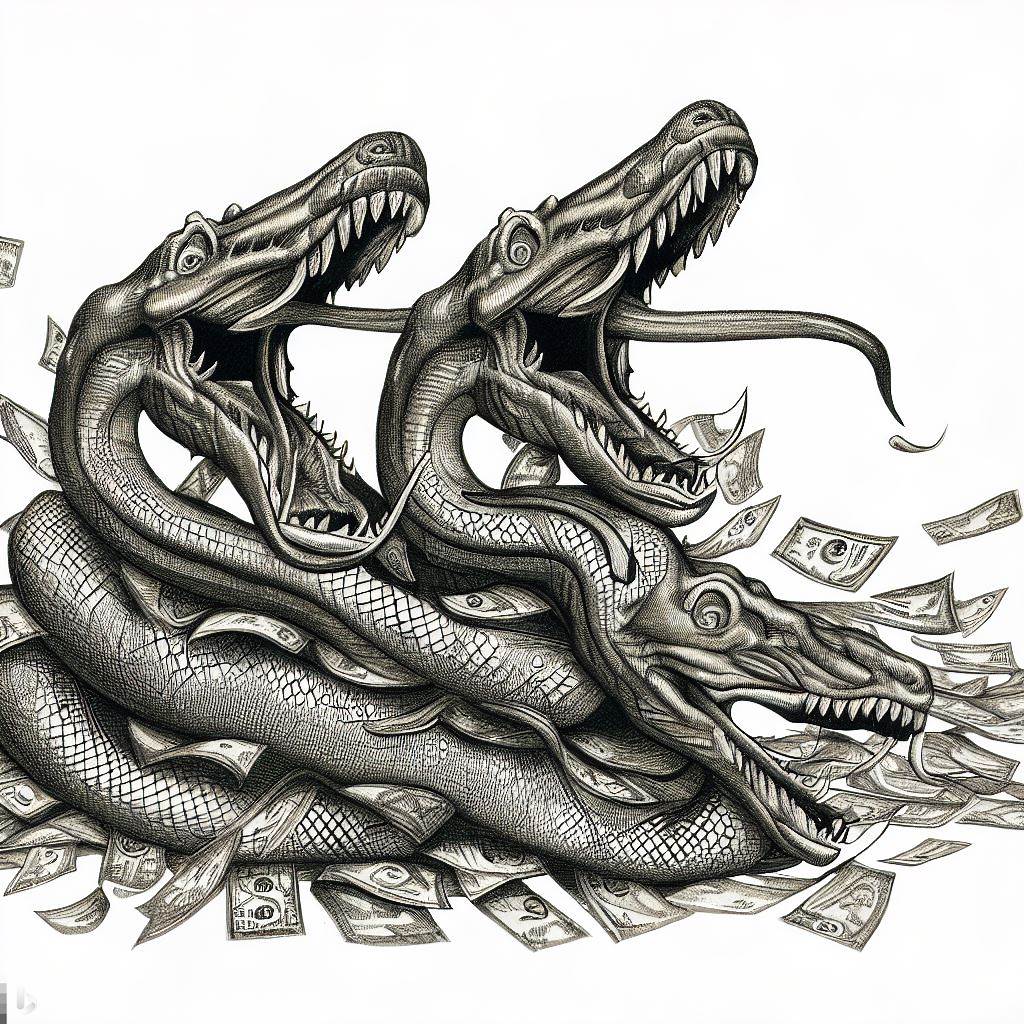The fires have not yet been extinguished. Many bodies have yet to be found and identified. The enormity of it all sets in a little more each day. The grief compounds with new information, stories, video, and death count.
I know reality hasn’t set in yet for me because five minutes ago I sat down to write a few words on Hawaiian Electric’s stock, and suddenly I feel obscene, like one of those snorkeling charters still operating Lahaina’s waters while desperate boats bring life-saving necessities and leave with evacuees, as many as can fit.
I report as a money guy and fiduciary who assumes when two clients have the same questions, maybe many more do. Today’s inquiries are about Hawaiian Electric’s future as it makes national news for its possible culpability in the Lahaina fires and its deteriorating stock and bond prices.
Will Hawaiian Electric declare bankruptcy? I think it’s very likely.
Among other clues, recent history suggests electric utilities face increasing consequences when they are deemed to share in responsibility for deadly wildfires. The most prominent example being The Camp Fire of 2018, California’s deadliest wildfire that killed 85 and destroyed the town of Paradise. Just a few months later, the electric utility PG&E filed for bankruptcy citing wildfire liabilities of $30 billion.
Yesterday, the Wall Street Journal reported Hawaiian Electric had begun talks with “restructuring firms,” another way to say it’s reviewing bankruptcy options.
On August 7, the stock closed above $36. Today it’s $12. With a market cap of $1.3 billion, the market still places value in the equity/ownership of HECO’s business (which also includes ownership of American Savings Bank).
Buying HECO stock here is a bet that the company is exonerated or deemed to have limited liability one way or another. Meanwhile, the potential liabilities, already far above HECO’s net worth, are climbing.
Then there are other stakeholders to satisfy if there’s any value left: vendors, pensioners ($1.8 billion in pension obligations) and some $2.4 billion in long-term borrowings at the utility and parent company levels.
A fast and planned bankruptcy might be optimal (and the path of least resistance) anyway because it would stop cash flows to other stakeholders, leaving more money for victims and cleanup. (That is, if HECO ultimately has material liability for the fire.)
Either way, I don’t think this is a “buy the dip” opportunity. Yes, there is always a chance that a buy here could later prove profitable, volatility can make for fast profits. But leaving things to chance is just gambling.
There’s nothing wrong with a bet that has the chance of a complete loss if it also has an acceptable chance of returning multiples of your wager, or an asymmetrical bet: smaller and finite downside but larger and unlimited upside (after accounting for probabilities of each).
I don’t see that here. Even with the most benign outcome for HECO and its stockholders, what are the chances a low-to-no growth utility/bank would come out of this warranting a price near where it was just two weeks ago, at least soon? I think low.
I hope I’m wrong on all of this. I really do.


